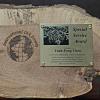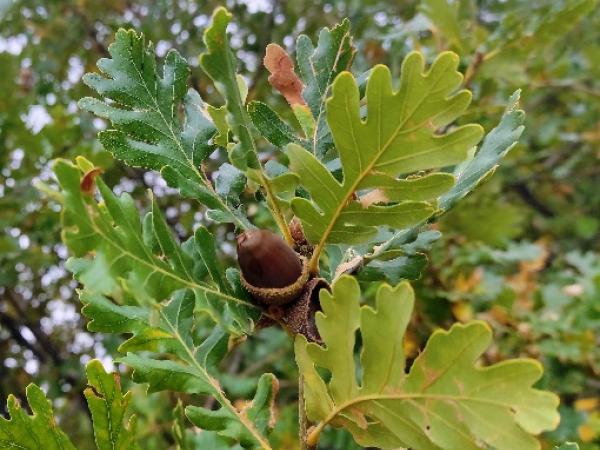Editor's Picks
Plant Focus
Oaks have benefited us in many ways, but one of the most enjoyable is by providing the wood for barrels used in creating and transporting wines and spirits. Barrel making goes back to the Celts in the first millennium BCE and was developed for trade by the Romans, who used barrels to transport and store wine among other bulk items (Work 2024). Although stainless steel, concrete, and clayware ceramics are also used for containers, oak barrels continue to be indispensable to wine and spirit making due to the flavors they can impart to their contents.
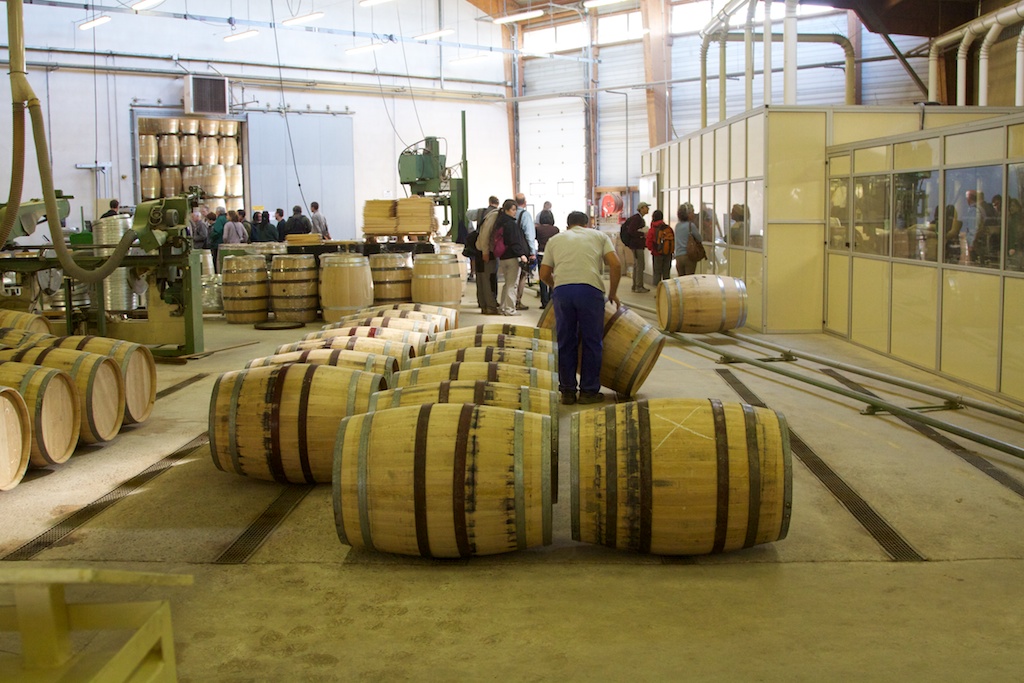
Winemaking and distilling are arts that require many decisions including selecting what kind of wood to use for barrels. Assuming the choice is oak, different species of oak have inherent characteristics that make them preferable for various uses. While wood grain impacts the ease of creating staves and potentially the costs of cooperage, it also affects the degree of evaporation that will take place during storage. Acceptable levels of evaporation vary by product being produced. In addition to the species of oak, its geographic source is an important consideration. Climate in which the trees are grown affects their grain, with northern trees generally being finer grained, resulting in less evaporation from the barrel. In addition, different regions produce trees that heighten distinctive flavors including spicy, coconut, vanilla, and caramel (Prida et al. 2009). This is a version of terroir comparable to the influence of the growing site, which is well appreciated in producing wine grapes. Ultimately, producers will consider the cost of barrels, which varies widely by the species selected.
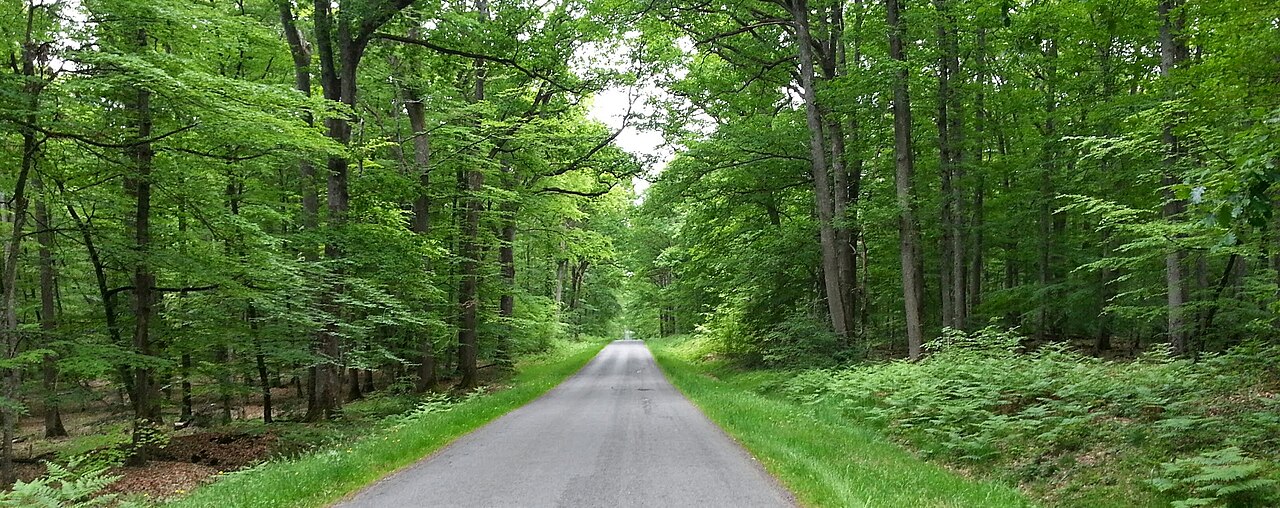
After the choice of barrel wood, there is the question of degree of charring to be done inside the barrel. Different levels lead to additional flavor enhancements to wines or spirits stored in them. For example, light charring brings out spicy and clove flavors, medium charring brings out coconut and vanilla flavors, additional charring leads to coffee and toffee enhancements, and finally to smoky and butterscotch essences (Work 2024). A process called toasting (Bettridge 2025), a milder method of heating the barrel, can be done in place of or in addition to charring, to bring out additional flavors such as cinnamon and toffee from different layers of the wood. Another option sometimes used to influence final flavors is the addition of oak chips during the winemaking or distilling process. All of these things have to be taken into account when vintners or distillers are creating their final product.

Although many oak species have been used for barrel-making (see below), in the current wine and spirit industry only a few predominate: Quercus robur (pedunculate oak), along with the related species Q. petraea (sessile oak), which are widespread across Europe and into western Asia (Eaton et al. 2016), Q. alba (American white oak), from eastern U.S. woodlands and into Missouri (Jordão and Cosme 2022), and more recently a Japanese oak, Q. crispula (Mizunara oak), from Japan’s northernmost main island of Hokkaido (San Jose‐Maldia et al. 2024). Prices vary over time, but as of this writing barrels made from American Q. alba range from the low hundreds to about USD 1,000, those from French oaks in the low thousands, and those from Mizunara USD 6,000 or more.
Quercus robur and Q. petraea, especially trees grown in forests in France, are used for fine wines, like Burgundy and Bordeaux, and at some wineries in other countries such as the United States, Spain, Italy, and Australia. Barrels made from wood grown in 12 forests in France under the direction of the French government’s Office National des Forêts is felt to produce barrels of the highest quality because of the trees’ slow growth (especially in northern regions), which takes over 200 years, resulting in a close-grained wood. When this is made into barrel staves, it results in barrels with low evaporation rates, an important property for wines. Quercus robur, along with the related species Q. petraea, continues across the European continent, so barrels are also made from trees grown in Eastern Europe in areas of Austria, Hungary, and Romania.
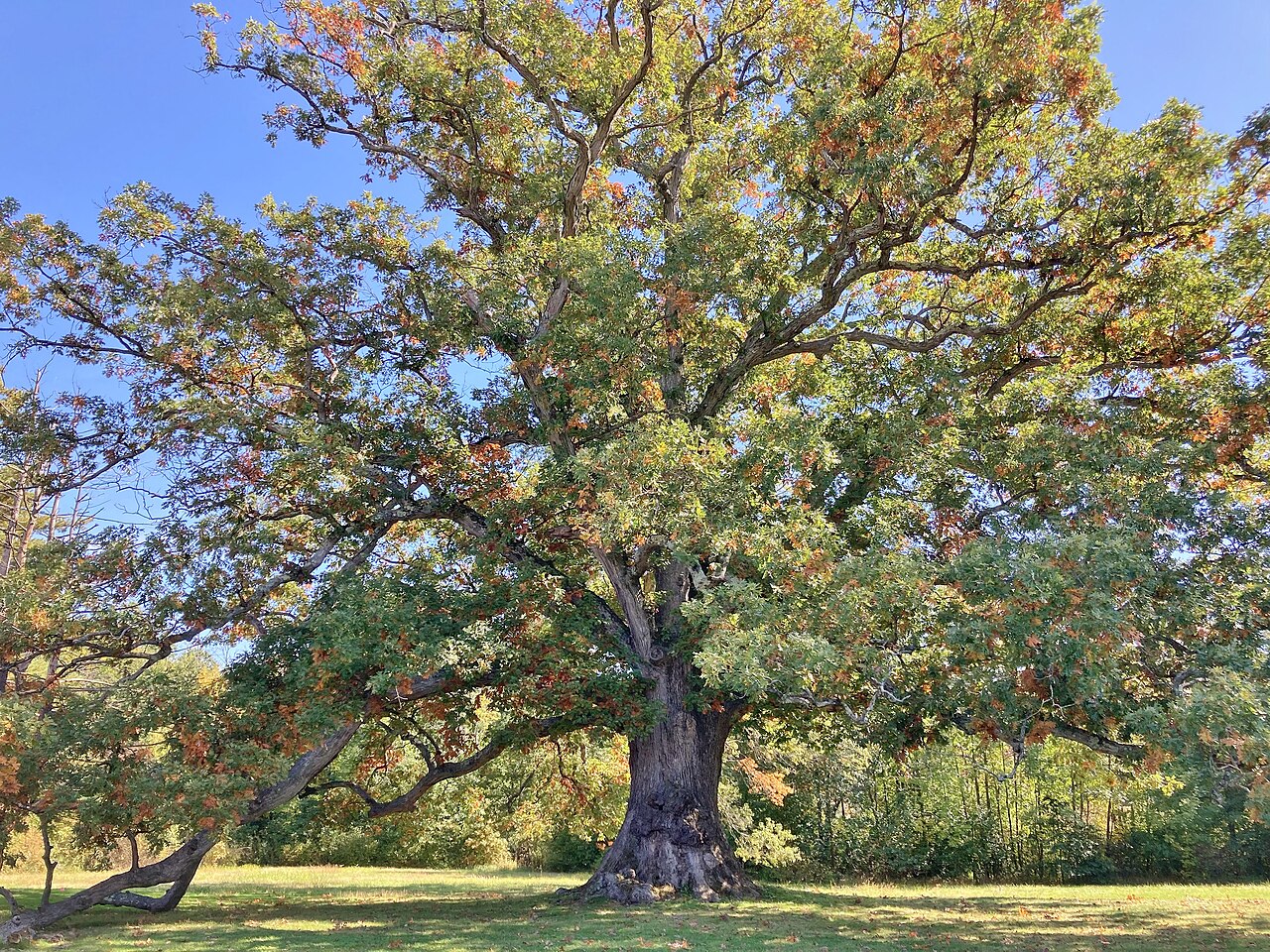
Quercus alba (North American white oak) is so important to the barrels used in the bourbon industry in the United States that its conservation in the wild has garnered a lot of interest (“White Oak Initiative” 2025). The U.S. Congress has even become involved and the bourbon lobby has been influential in legislation to conserve native forests (“H.R.2045” 2025). Although its wood grain is more porous than the European oaks, it is fine for bourbons, for which some evaporation in storage is desirable. American bourbon, with major producers in Kentucky, uses corn mash and must be aged in new, charred oak barrels (generally made from North American white oak), bringing out diverse flavor profiles, such as caramel, oak, vanilla, and fruit. Tennessee whiskey follows the same restrictions as bourbon, but includes a final filtering step through maple wood charcoal which tends to smooth out the flavors. Toasting can be applied to barrels after the charring; this brings out other flavors from the oak wood and results in additional taste complexities in the finished product. Distillers of other spirits such as Scotch whisky, produced in Scotland using primarily barley grain mash, widely use barrels that have been used for American bourbon or Tennessee whiskey, since these can only be used once under American law. Even some maple syrup is "bourbon barrel aged". Because of the relatively lower cost of Q. alba barrels compared to those from the European species, some wineries also use them.
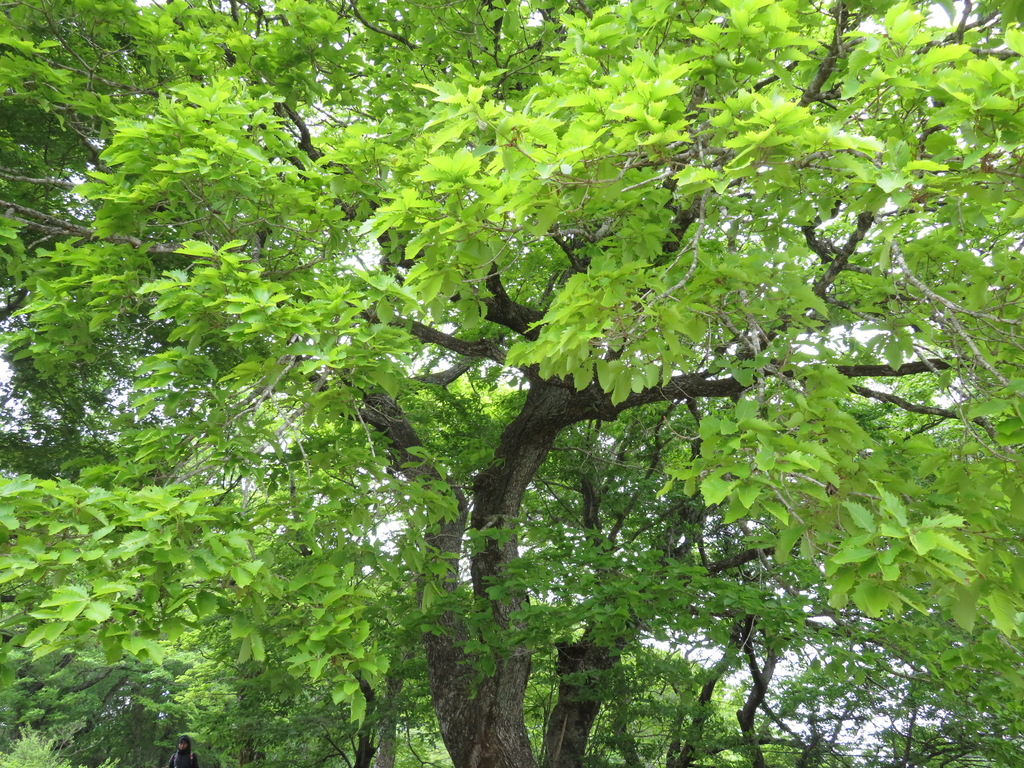
Mizunara oak (Q. crispula (see San Jose‐Maldia et al., 2024), aka Quercus mongolica var. crispula) has been used to create barrels for Japanese spirits, such as single malt whisky, since the mid-1900s. However, its crooked growth form, knotty wood, relatively slow maturation rate, and high water content requiring longer drying times, make it challenging to use in barrel construction. Only about 200 casks are made per year. Barrels from these trees are very expensive. Though they may be apt to leak, even this has been seen as a positive since the spirit within can soak into the wood and pick up additional flavors. (Gladman 2024). The essences the wood imparts, such as sandalwood, coconut, cinnamon spice, and vanilla, make it highly desirable for niche markets. Because the cooperage process often results in remnant small pieces of wood that are not suitable for barrel construction, using these fragments to create inner-staves within ex-bourbon barrels as part of the maturation procedure is being investigated (Teo et al. 2025).
So, next time you visit your local winery or distillery, ask them what species of tree they use for their barrels and where the trees are grown, how much charring they use, if they use toasting, or if they add wood chips or staves! Listed below are several cooperage websites with readable information on barrels, wood sources, charring, toasting, and barrel prices.
Other oak species used in barrel making
- Q. garryana - Garry oak
- Q. macrocarpa - bur oak
- Q. stellata - post oak or iron oak
- Q. cerris - Turkey oak or Austrian oak
- Q. suber - cork oak
- Q. lyrata - overcup oak
- Q. faginea - Portuguese oak
- Q. pubescens - downy oak
- Q. pyrenaica - Pyrenean oak
- Q. humboldtii - Andean oak or Colombian oak
(adapted from Jordão and Cosme 2022)
Cooperages
https://www.bouchardcooperages.com/_files/ugd/a86c91_92548edfbc79486b898428eb447c8eee.pdf
Further reading
Knox, M. 2010. Oak Barrels: Where They Come From and How They Are Made. International Oaks 10: 19–29 [link]
Works cited
Bettridge, J. 2025. Drinking a toast. Cigar Aficionado: 69–71 [link]
Eaton, E., G. Caudullo, S. Oliveira, D. De Rigo. 2016. Quercus robur and Quercus petraea in Europe: distribution, habitat, usage and threats. European Atlas for Tree Species 14:160–163 [link]
Gladman, A. 2024. Mizunara Oak Explained. Decanter [accessed 2025 Sep 15] [link]
“H.R.2045.” 2025/ H.R.2405 - 119th Congress (2025-2026): The White Oak Resilience Act [accessed 2025 Sep 23] [link]
Jordão, A.M., F. Cosme. 2022. The application of wood species in enology: chemical wood composition and effect on wine quality. Applied Science 12(6): 3179 [link]
Prida, A., H. Heymann, A. Balanuta, J. Puech. 2009. Relation between chemical composition of oak wood used in cooperage and sensory perception of model extracts. Journal of the Science of Food Agriculture 89(5): 765–773 [link]
San Jose‐Maldia, L., A. Matsumoto, T. Nagamitsu, S. Ueno, Y. Tsumura. 2024. Intraspecific genetic divergence of the subalpine shrubby variety Quercus crispula var. horikawae from the mountain tree variety Q. crispula var. crispula in Japan. Plant Species Biology 39(3): 113–125 [link]
Teo, H., T. Hiura, M. Pauley, A.E. Hill, S. Zhuang. 2025. Assessing the Feasibility of Using Small Pieces of Mizunara Oak as Inner Staves within Ex-Bourbon Casks for Whisky Maturation: An Opportunity for Sustainable Bioresource Management? Journal of the American Society of Brewing Chemists 83(2): 137–147 [link]
“White Oak Initiative.” 2025. Ensuring the Regeneration of American White Oak [accessed 2025 Sep 23] [link]
Work, H.H. 2024. Wood, Whiskey and Wine: A History of Barrels. Reaktion Books. Chicago: The University of Chicago Press.


